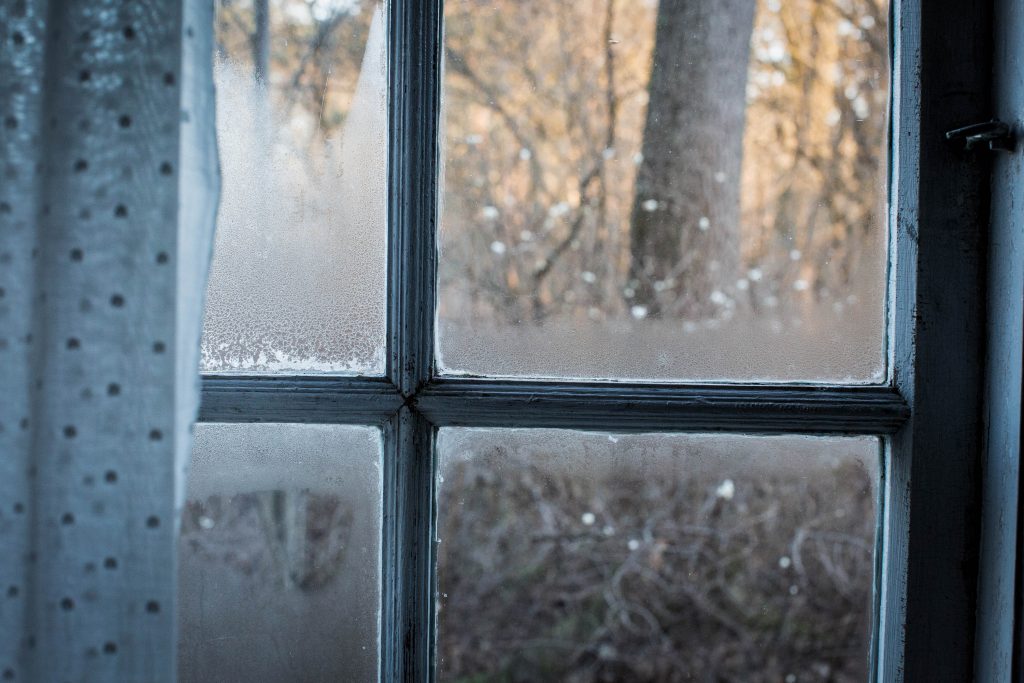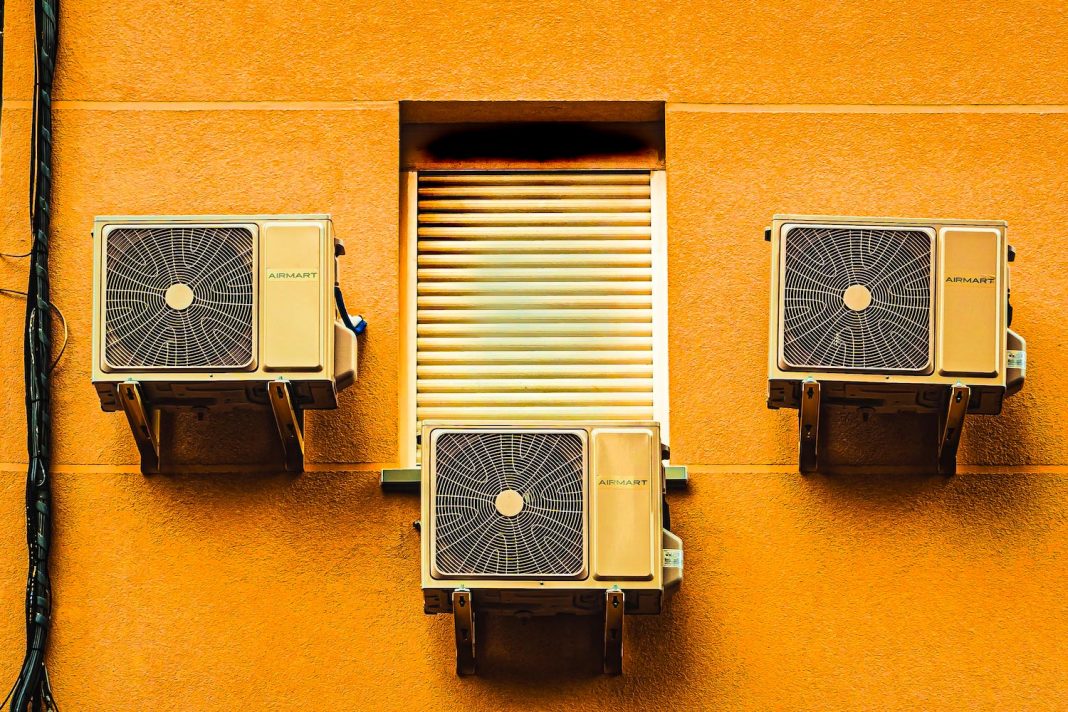Populations are rising. We cannot build fast enough to accommodate everyone. We need to utilise older buildings for our living, working, and leisure needs. Retrofitting makes them future-proof, efficient, and climate-friendly, shaping the urban landscape for decades to come. Our tally of retrofitting facts and figures is a sobering confirmation of why we should prioritise the practice in our climate action plans.
By 2050, 87% of today’s buildings will still be in use, but they are largely unprepared for impending climate changes. Unless we want to sweat, freeze, choke, or share our homes with fungus, we need to take swift action! Here we highlight why we need to improve the existing building stock of today for a better tomorrow.
A Growing Concern
The human population is expected to hit 10 billion by 2060. Two-thirds of us will be city-dwellers. An increasing population, and correlating resource demand and consumption, is putting more pressure on the planet’s energy resources.
The Paris Climate Agreement, signed by 196 separate states, is designed to restrict global temperature rise to below 2°C “compared to pre-industrial levels” by 2050.
Not to be cynical, but this may still be too little to prevent irreversible environmental damage. According to the UN’s 2020 Emissions Gap Report, a failure to change our habits will lead to a 3°C temperature rise by 2100.
Exceeding a 2-degree heat hike would be life-changing, causing “more extreme droughts and heat waves and more wars over water”. Rain, floods, and other severe weather phenomena would be frequent.
There’s Carbon in Them Thar Buildings
The built environment produces 38% of the world’s greenhouse gas emissions.
- The cause is mainly through supply, use, and burning fossil fuels.
- Heat and electricity account for 30.4% of all GHGs.
- Residential property that packs a punch, emitting circa 11%.
- Commercial builds are about half as problematic (6.6%).
Carbon dioxide makes up around three-quarters of all greenhouse gases.
- Operational use of buildings churns out 28% of global CO2 emissions.
- Construction and building materials release a further 11%.
- The extraction, processing and use of concrete alone emits 6% of the world’s manmade GHGs – that’s the same as the entire air transport industry!
For offices, over one-third of lifetime carbon emissions have already been released upon completion of construction due to energy-hungry steel, cement, and plastic. For our homes, this figure is around 50%.
How we build needs a revolution. Carbon dioxide released by the building sector has increased by around a percentage point annually for well over a decade.
Inefficient Energy Use
Cities are responsible for 70% of global energy consumption.
- Of this, buildings account for around a third.
- The majority of household energy use is from hot water and heating.
So much of this energy is wasted:
- Lighting constitutes 25% of a building’s total energy use, yet 90% of the energy let out by incandescent bulbs is heat – it provides no use whatsoever!
- Unwanted and unplanned hot and cold air exchange means 25-60% of the energy that heats a building is lost through inefficient building envelopes.
In hot regions and blazing summers, air conditioning chews up vast amounts of power in structures unable to regulate atmospheric temperatures naturally.
- In America, air conditioning accounts for 6% of all electricity use.
- Professor Michael Leung Kwok-hi from City University of Hong Kong predicts air conditioning will become more prevalent as the world heats, and we’ll expect it “because of the global urbanisation trend”.
- Ironically, air con releases heat into the environment, contributing to the urban heat island effect.
Water is a precious resource. Approximately 8 trillion litres of freshwater is lost to broken and faulty pipes annually in the US. External runoff systems harvesting rain can save up to 40% of water.
The Importance of Decarbonising
Limiting climate change depends on us becoming climate neutral by 2050.
- This means we should be offsetting as much carbon dioxide as we produce.
According to C40, “optimising energy use in buildings can deliver between 20% and 55% of cities’ emissions-reduction potential”.
- Installing energy-efficient measures to a build would cut heating and cooling emissions by as much as 90%.
Trude Rauken of the Carbon Neutral Cities Alliance: “Embodied carbon is often overlooked, but it actually constitutes right now about 11% of all global emissions.” Retrofitting over demolition prevents the unnecessary release of CO2 and dumping in landfills.
- Of all the EU’s carbon dioxide emissions, 10-20% come from embodied carbon.
- There’s hope. Of all construction projects now underway, 61% are retrofits.
Warm, Dark, and Damp – Mould’s Paradise
It’s not all about quashing emissions. Comfort is important. Mould and damp, caused by excess moisture and manifesting as condensation, are signs of a far-from-perfect living environment.
In England, 3% of homes report damp in one room or more. It is more prevalent in homes of people of colour.
Mould is present in approximately 70% of homes.
- This causes indoor air quality to drop by 30%.
- It can be prevented by keeping moisture levels below 50%.
According to the NHS, damp and mould can “affect the immune system”. They are known causes of respiratory problems such as asthma and aggravate allergies.
It is estimated that healthcare and mortality costs related to mould and damp in the US rack up $22.4 billion each year.
Check out our article on natural construction materials for more information on how they can help in the fight against unsightly and unhealthy spores.

Common Retrofit Wonders
Retrofitting offers solutions for many of these problems.
Electric heat pumps reduce the demand for energy needed to warm properties by almost half. That’s much more efficient than conventional electric water heaters.
Passive house retrofits give close to 100% energy efficiency.
- This level of airtight efficiency comes at a price of about £60,000, or between $150 and $500 per square foot: too costly for many property owners without subsidies.
Super Savings and Economic Boost
A comprehensive home makeover saves the average American family $2,000 per year in utilities. Larger public buildings are set to gain even more.
Given the energy savings, costs for almost all renovations break even within 25 years – many much sooner:
- Deep retrofits pay off after about 5-7 years.
- Light-touch upgrades have quicker ROIs, with savings on energy bills of 10-20% after little more than a year.
White goods (fridges, washing machines, air conditioners, et.) and appliances add oomph to a retrofit: A+ rated water heaters offer savings of up to $95 in a 12-months stretch. They pay for themselves by the second year.
Arup suggests that retrofitting not only saves us money individually but also at a state level.
- Better quality of life – physically and mentally – prevents hospital admissions.
- Energy efficiency reduces the social inequality of fuel poverty.
Improved efficiency ratings have been proven to raise the valuation of homes.
- In the UK, the average price hike is a considerable £24,766!
- Home with solar panels are more likely to sell – and for more than their asking price.
Countries embracing retrofit programmes are experiencing a boom in green job creation.
- Ireland is enjoying a slew of 30,000 new trained retrofitting engineers.
- A cool half-million construction roles could be created through retrofitting 40% of the US building stock.
- In Europe, the renovation wave is generating 2 million new jobs.
It could be worth retraining: solar panel experts rake in $84,000 annually!
Healthy Buildings, Healthy People, Happy Workers
Retrofitting poorly prepared properties benefits our health, including happiness and stress levels.
- Healthier living sees fewer hospital admissions, statutory sick days, and even deaths.
- Physical and respiratory conditions are eased by improvements in ventilation and air quality.
The Center for Building Performance and Diagnostics conducted research into how the comfort of an improved indoor environment within a retrofitted workplace has significant impacts on employee productivity:
- Better, more natural light saw individual productivity shoot up by 23%, concentration improve, and sleepiness decline.
- Maintaining regular, cooler (around 23°C) temperatures with a thermostat-controlled system increases productivity by 3%.
- Improved air quality has a knock-on effect for productivity of 9%; improved ventilation offers a 7.4% positive change.
Only for Owners? – Emissions and Equality
Renters benefit from the perks of energy-efficient properties, from increased comfort to lower utility bills. But they rarely have the power to upgrade a property. Yet landlords investing in retrofits see tenant turnover drop dramatically.
All polluters are not born equal: more than half of consumption-based emissions are pumped out by society’s wealthiest 10%.
Retrofitting is a sustainable solution to energy poverty – the inability to sufficiently power a home due to low income. This is rife, affecting:
- A quarter of Australians (and rising!).
- 6.9% of the EU population, or 34 million individuals.
- At least 14 million US citizens.
- 13.4% of households in the UK.
Retrofitting Stats in a Nutshell
Where the stats tell us the outlook once was bleak, retrofits offer hope for the future of our built and natural environment. Decarbonisation and energy efficiency are key to cutting emissions, improving quality of life, and a green economic recovery.
For a more detailed analysis of what renovating properties has to offer, head over to our case for retrofitting.


